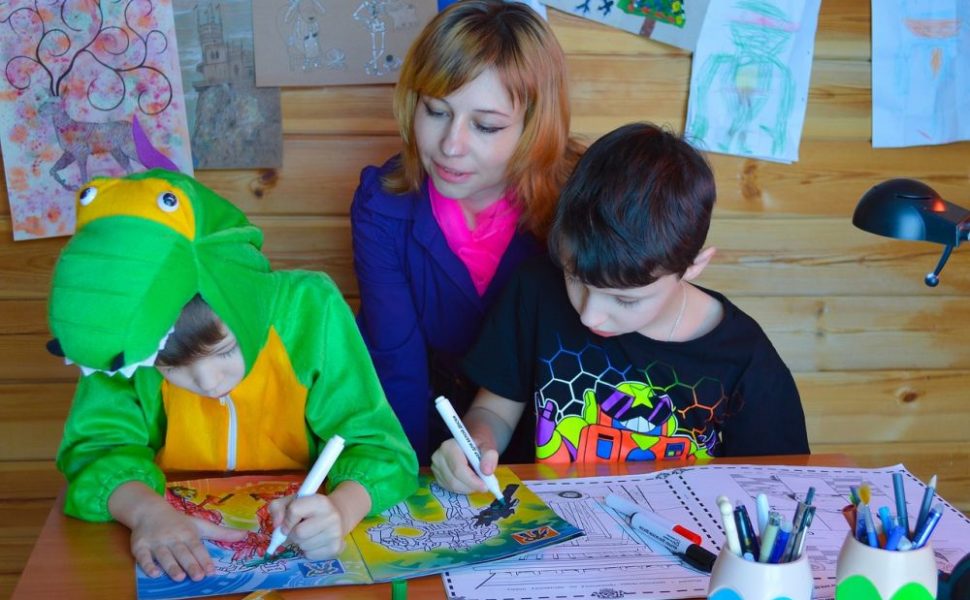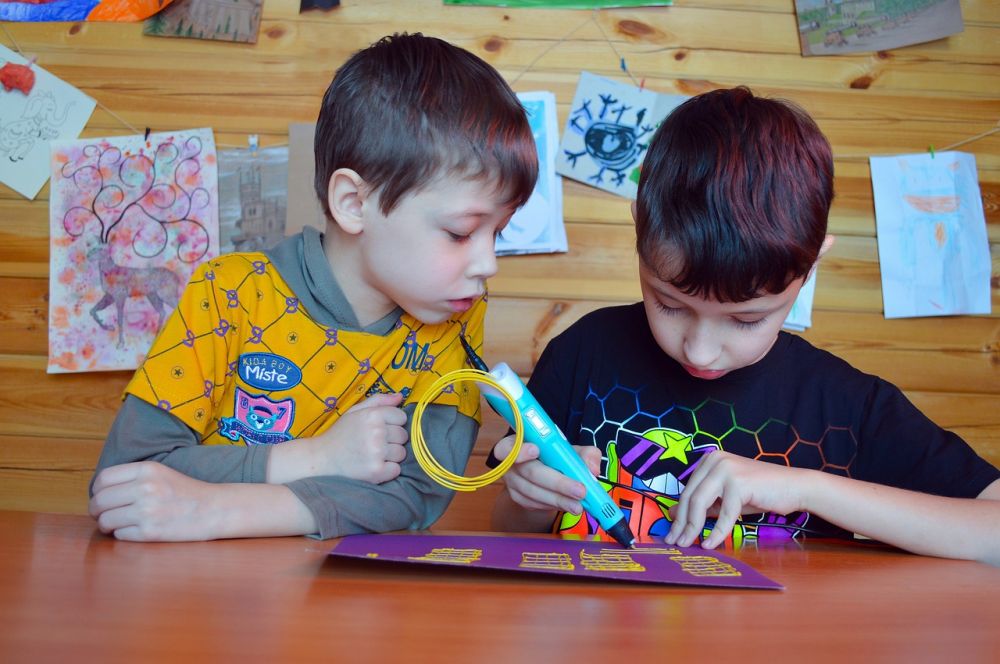Feverish Children: An In-depth Look at Their Characteristics and Varieties

Introduction:
Fevers in children can be a concerning issue for parents, often causing worry and confusion. Understanding the different types of fevers and their characteristics is essential for parents to make informed decisions about their child’s health. In this article, we will provide a comprehensive overview of feverish children, including an in-depth presentation of various types, quantitative measurements, a discussion of their differences, and a historical review of the pros and cons associated with different approaches. Our goal is to equip parents with valuable knowledge to better navigate through their child’s febrile episodes.
I. An Overview of Feverish Children:

Feverish children refer to those who experience elevated body temperatures, usually above 100.4 degrees Fahrenheit (38 degrees Celsius). Fevers are typically caused by viral or bacterial infections, but can also result from other factors such as immunizations, teething, or environmental conditions. When a child has a fever, their body is often responding to an illness or an underlying medical condition.
II. Comprehensive Presentation of Feverish Children:
1. Types of Fevers: Feverish children can experience different types of fevers, including low-grade fevers, moderate fevers, and high fevers. Low-grade fevers generally range from 100.4 to 101.9 degrees Fahrenheit (38 to 38.8 degrees Celsius), moderate fevers range from 102 to 104.9 degrees Fahrenheit (38.9 to 40 degrees Celsius), and high fevers exceed 105 degrees Fahrenheit (40.6 degrees Celsius). It’s important to note that fevers are not always indicative of serious illness, and in most cases, they can be managed at home.
2. Popular Approaches: Parents often resort to various methods to alleviate their child’s discomfort during a fever. These include administering over-the-counter fever reducers like acetaminophen or ibuprofen, offering plenty of fluids to prevent dehydration, and applying cool compresses to lower body temperature. However, it is crucial to consult with a healthcare professional before implementing any treatment.
III. Quantitative Measurements about Feverish Children:
1. Temperature Monitoring: The most effective way to measure a child’s body temperature is through a digital thermometer, either rectally or orally. Rectal measurements are considered the most accurate method for infants and young children, while oral measurements are suitable for older children. It is essential to follow the manufacturer’s instructions for accurate results.
2. Fever Durations: The duration of a fever can vary depending on the underlying cause. In most cases, fevers caused by viral infections tend to resolve within a few days, while bacterial infections might require medical intervention. If a child’s fever persists for more than a few days or is accompanied by other concerning symptoms, it is crucial to seek medical advice.
IV. Discussion on the Differences between Feverish Children:
Fevers in children can manifest differently, depending on factors such as age, underlying health conditions, and the causative agent. Infants often exhibit nonspecific symptoms, such as fussiness, poor appetite, and sleep disturbances, while older children may experience additional symptoms like sore throat, cough, or body aches. Recognizing these differences can aid in determining the appropriate course of action for each child.
V. Historical Review of the Pros and Cons of Different Approaches to Feverish Children:
Over the years, various approaches have been suggested for managing feverish children, each with its proponents and critics. Traditional practices, such as using cool baths or compresses, were commonly employed, but their effectiveness has been debated. Modern medicine leans towards using fever-reducing medications as they can provide comfort to the child while monitoring the underlying cause of the fever. However, it is essential to strike a balance between managing discomfort and allowing the body’s natural defense mechanisms to work.
Conclusion:
Feverish children are a common concern for parents, requiring a comprehensive understanding of their characteristics and management. By providing an overview of feverish children, exploring different types, presenting quantitative measurements, discussing differences between cases, and reviewing historical approaches, parents can approach their child’s fever episodes with confidence and make appropriate decisions to ensure their well-being.
(Note: Remember to insert a suitable place in the article for a video clip, following the specified text)
















































